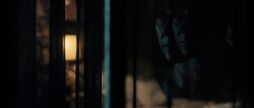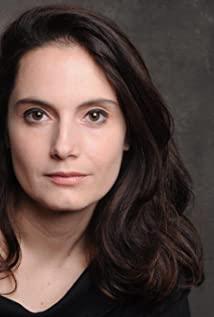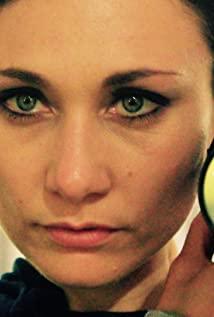For example, the recurring butterfly specimen and the corpse in the coffin, do they have a counterpoint relationship, do they imply a gradual peeling of the spiritual shell and the physical sense?
For example, after a dialogue like the two worlds of life and death, the butterfly flying on the screen for a long time is like traveling through a wormhole in time and space, switching between true and false time, which seems to be unconsciously rational.
For example, does the repetitive structure of retelling the plot by switching perspectives imply an unbreakable cycle in sadomasochism, and the subject exercising power is not absolute.
When sadomasochism becomes routine, with opposing powers, they begin to replace each other's roles. This kind of ability to drive the state of m to the end, the energy that can be stored, is really terrifying like bottoming out.
It's really interesting to think about it, this process of role rotation in sadomasochism has also occurred in the feminist movement: a kind of reincarnation conflict for equal dialogue power. In other words, if making love is a concrete power conflict and exchange, the conversation can easily stay on the momentary pleasure. So the sadomasochism in the play is an expanded and enlarged version of such a conflict.
View more about The Duke of Burgundy reviews











